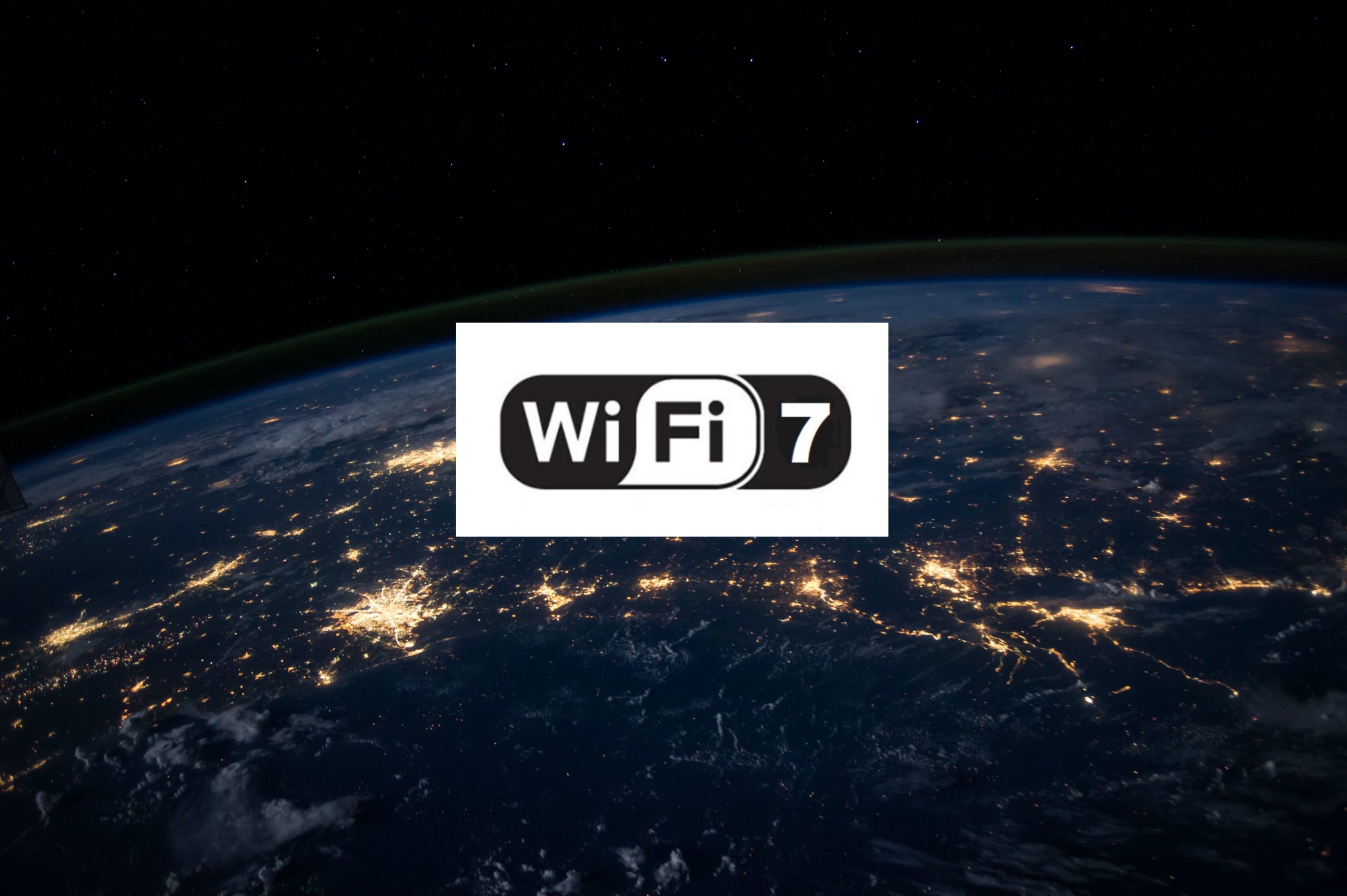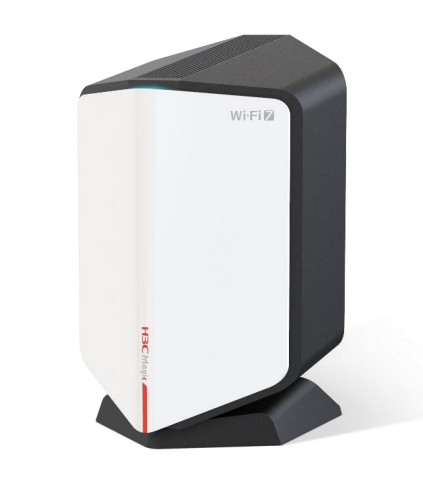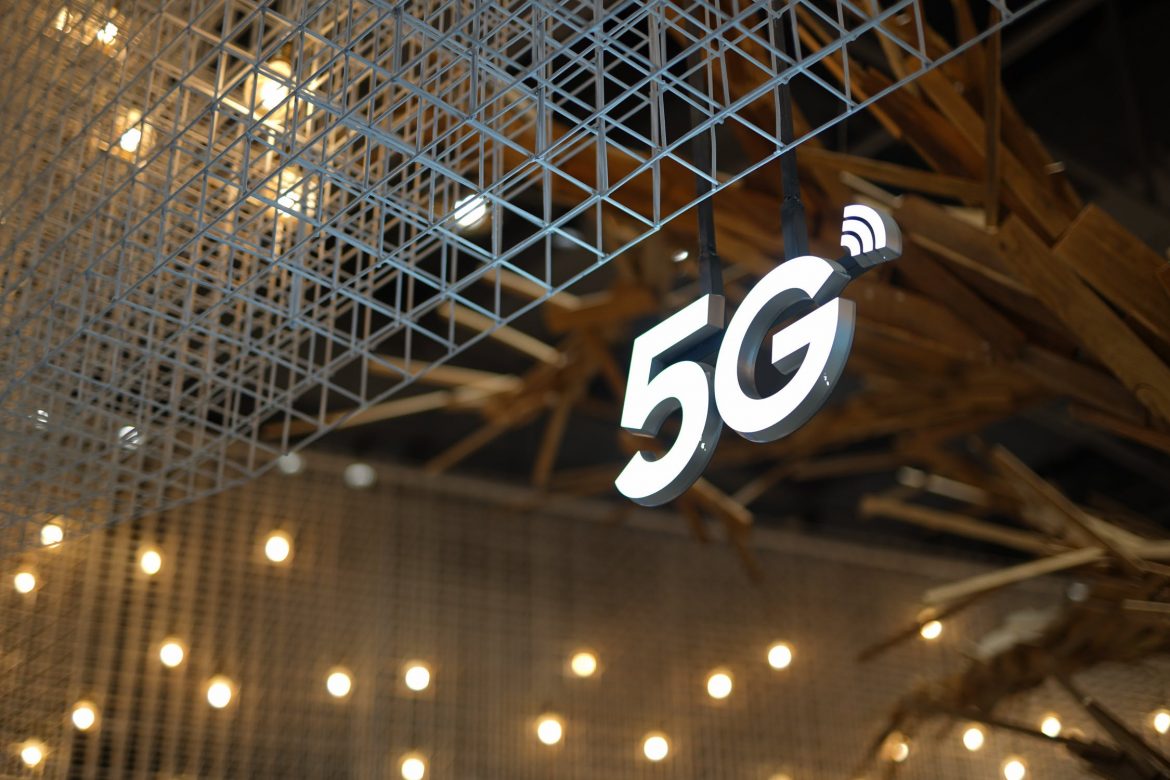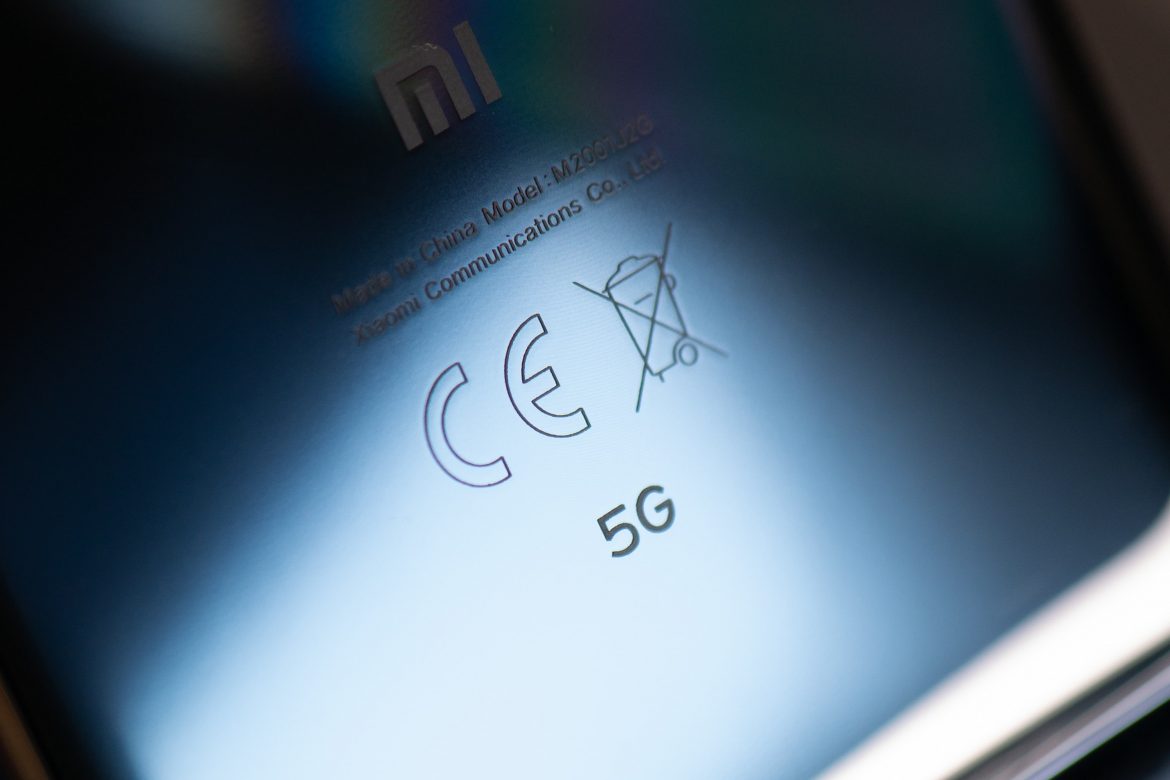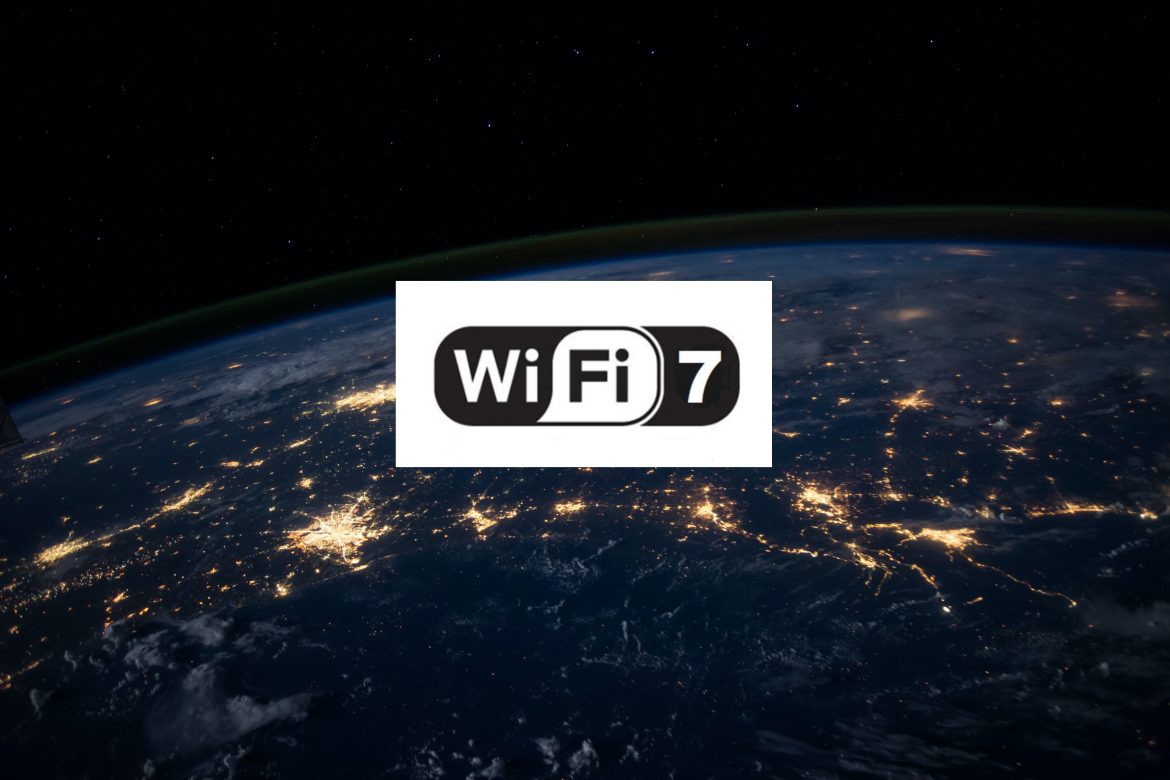Did you know that there is much more to mobile signal strength than just the signal bar display? The real test for measuring your mobile signal strength accurately is the Field Test Mode. The results from this test can help you determine whether you might need a mobile signal booster.
There are many factors that can affect your mobile signal strength, for example, whether you are inside or outside a building, how far you are from the cell tower etc. So let’s look at the Field Test Mode and how to use it.
Signal Strength: How To Choose a Mobile Signal Booster
You can’t choose a mobile signal booster for your home or business if you don’t know how strong the outside signal is. And we don’t just mean ‘how many bars you’ve got.’ Yes, that gives some indication of how strong the signal is, but there is a more accurate way to measure mobile signal strength.
Did you know that different phones have different numbers of bars? Some have 5, some have 4, some even have 8! Not only this, but even when phones have the same number of bars for signal strength, there isn’t actually any standardisation for them. Having 4 bars of signal on one phone can mean something different to having 4 bars on another phone.
It’s pretty clear that measuring mobile signal strength purely by the number of bars isn’t very specific.
When experts measure mobile signal strength, they measure it in decibels. They are very precise and are much more informative and accurate for doing a mobile signal strength test. Testing in this way means you can find out just how strong the signal is that you are receiving.
What Is Field Test Mode?
You may not realise that the majority of phones have Field Test Mode – A built-in setting that can show you very useful information about your phone. This includes the signal strength, measured in decibels.
We can imagine that you’ve already tried to find this on your phone right this second to check it out! We don’t blame you. But let’s just go through a couple of things to consider before you start taking mobile signal strength readings.
- Carrier – Remember that the signal strength readings you take are only true for the mobile carrier of said phone. To compare the signal strength to other carriers, you would need phones on those carriers. Basically, even if you get 4 different service providers, you can only test the signal strength of the carrier of your phone when in Field Test Mode.
- Network – You need to know if the signal you are measuring is from an LTE network or not in order to interpret the results. LTE readings can be read differently from previous generation networks (like 2G, 3G and 4G0.
How do you use Field Test Mode on an iPhone?
If you have an iPhone, you’ll find that it has a hidden built-in Field Test Mode app. Follow these steps to access it:
- Go to Settings > Wi-Fi and turn Wi-Fi Off.
You will need the Wi-Fi to be turned off in order to be able to see the network you are connected to (e.g. 3G). - For iOS 9.3 and above: Go into Settings > Cellular > Cellular Data Options > Enable LTE and turn LTE to Off.
For iOS 9.2 and below: Go into Settings > Cellular > Enable LTE and turn LTE to Off.
As we said above, LTE readings can be very different from previous networks. In order to be able to best interpret the results, it’s ideal to get your signal readings from a previous generation network.
If you like, you could then repeat the site survey with LTE enabled, which would give you readings for different generation networks. - To launch the Field Test Mode app, go to your Phone Keypad, dial *3001#12345#* and press the Call button. You’ll notice that where before you had signal bars, you now have a negative number. This negative number is the decibel signal strength reading. You should also see the carrier name and the type of network.
- Tap on LTE
- Tap on “Serving Cell Meas”
- Look for “rsrp0” and the number corresponding will be the numerical measurement of the iPhone cellular signal strength in dBm
To start taking signal strength readings, you need to move to the location where you want to take the reading and then wait for between 30 and 60 seconds for the signal strength readings to catch up. You can record the signal strength, network type and carrier.
Once you’ve finished taking readings, you can return to your normal iPhone settings by pressing the home button. Don’t forget to go back in and enable Wi-Fi and Cellular LTE!
How do you use Field Test Mode on an Android?
To access Field Test Mode on an Android follow these simple steps:
- Go to Settings > “About Phone”
- Depending on the model of your phone, look for ‘Network’ or ‘Status’ to see your numerical signal strength in decibel
- You can usually see Network Type near the signal strength option.
If you’re after a bit more information, there are apps you can download from Google Pay that will give you the signal strength in decibels as well as other info. To see the available apps search for ‘cell signal’ in the App Store. DOwnload whichever one is compatible with your phone, tablet or device.
Just like with an iPhone, get ready to take signal readings by moving to the location you want to know the signal strength for. Stop and wait for between 30 and 60 seconds to let the signal readings catch up with you and then you can record them along with the network type (2G, 3G, 4G, LTE etc).
Keep doing this until you have recorded the signal strength for all the locations in your home or business.
What would I use mobile signal strength information for?
Knowing the mobile signal strength for your living or working space enables you to see where you might need to boost the signal. Using Field Test Mode can enable you to perform a site survey, which gives you a floor plan analysis of your home or business.
The purchase of mobile signal boosters (also known as network repeaters, signal amplifiers, signal repeaters etc) should be based on the results of a site survey.
Carrying out a site survey involves taking several accurate signal strength readings from in and around your home or office building. These readings can help you to calculate whether a signal booster will help and what devices you will need.
Field Test Mode is ideal for carrying out a site survey. Basing it on signal bars is not reliable compared to the precise numerical value of decibel you get from this tool. Carrying out a site survey using Field Test Mode is very straightforward (as you will have seen from the steps above) and helps you to measure the mobile signal strength of your home or business using just your phone.
What do the Decibel numbers mean?
If you are connected to a non-LTE network (2G, 3G, 4G H+), the value you get is the Received SIgnal Strength Indicator (RSSI). This is a method of measuring wireless signals.
LTE networks however, are usually measured in Reference SIgnal Received Power (RSRP) which is why LTE readings can be very different to the readings for previous generations like above.
You’ll find that Decibel signal strengths are usually double or triple digits and are marked as a negative number. Your phone might not show the negative sign though. The stronger the signal, the closer the number is to zero, so -89 is a stronger signal that -99.
The unit of measurement in all this is decibel (dB) – This measures the power of the mobile signal. This value is telling you how strong your phone is receiving the signal from your provider’s mobile network.
Did you know that the Decibel scale is not linear? If the signal strength increases by 3dB, then it is twice as strong. Signal strength that increases by 10 dB is an increase of ten times the signal strength. So, in real terms, an RSSI value of -50 is actually ten times stronger than an RSSI measurement of -60.
Why is Field Test Mode so Important?
If you are planning to install a mobile phone signal booster, then it’s absolutely vital that you have an accurate reading of your Received Signal Strength across your business or home. Field Test Mode can help you do just this and inform your site survey ready to help you make the right booster purchase.
Field Test Mode enables you to see exactly how strong your mobile signal strength is – Both inside and outside your building.
Field Test Mode is an essential tool when it comes to assessing how a mobile signal booster can improve your reception.
Call the Experts
If all this has got your head in a bit of a spin, then why not let the experts do it for you? Our Wi-Fi Experts are trained professionals in all things wireless. We can provide you with a site survey to help assess your mobile signal strength. Give us a call today!

